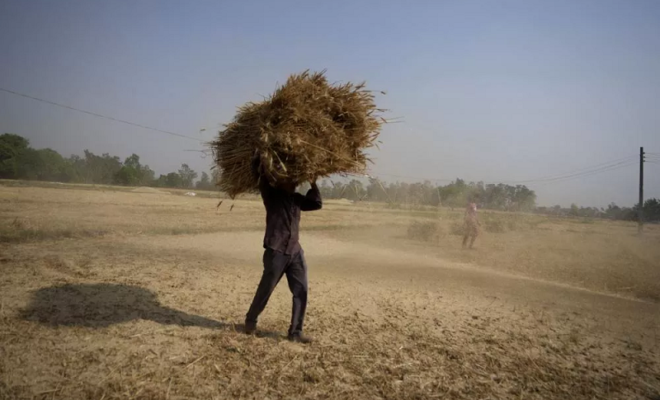Wheat Ban Brings Down Prices In India But Pushes Them Up Worldwide

After India decided to call off any kinds of exports of wheat, the prices have seen a shift in homeland. Wheat is a staple food for a lot of countries in the African continent and Middle eastern countries too.
With the February 24 invasion of Ukraine by Russia and the supply disruption that followed, global wheat prices jumped over 60 per cent in 2022; just Russia and Ukraine together account for almost a third of world wheat exports.
The ban resulted in a natural fueling of international prices by almost 6 percent a bushel (60 pounds or one million kernels or 27.21 kg) when global markets opened on May 16. Locally, prices dropped sharply by 4-8 per cent in different states — Rs 200-250 a quintal in Rajasthan, Rs 100-150 a quintal in Punjab, and about Rs 100 a quintal in Uttar Pradesh.
Related Posts
The ban has come as an unexpected move by India, that has said it would rather help poorer nations in need of wheat than have China hoard and escalate prices. India accounts for about 5 per cent of world wheat export. Indeed, the ban has stoked prices further. In Chicago, futures rose 5.9 per cent to $12.47 a bushel on Monday, the highest in two months. The closing price in the previous trading session on May 13 — the day India imposed the ban — was $11.77 a bushel
On the flipside, there is a comment that this kind of ban is only hurting the local farmers gains. G7 nations have also felt that this kind of restriction will only worsten the global crises. Research analysts further feel that the impact of India’s export ban would be felt disproportionately by low income developing countries. In a note after the ban, Nomura Global Markets Research pointed out that except India and Australia, most Asian economies depend on imported wheat for domestic consumption and are at risk from higher wheat prices globally, even if they do not directly import from India.



